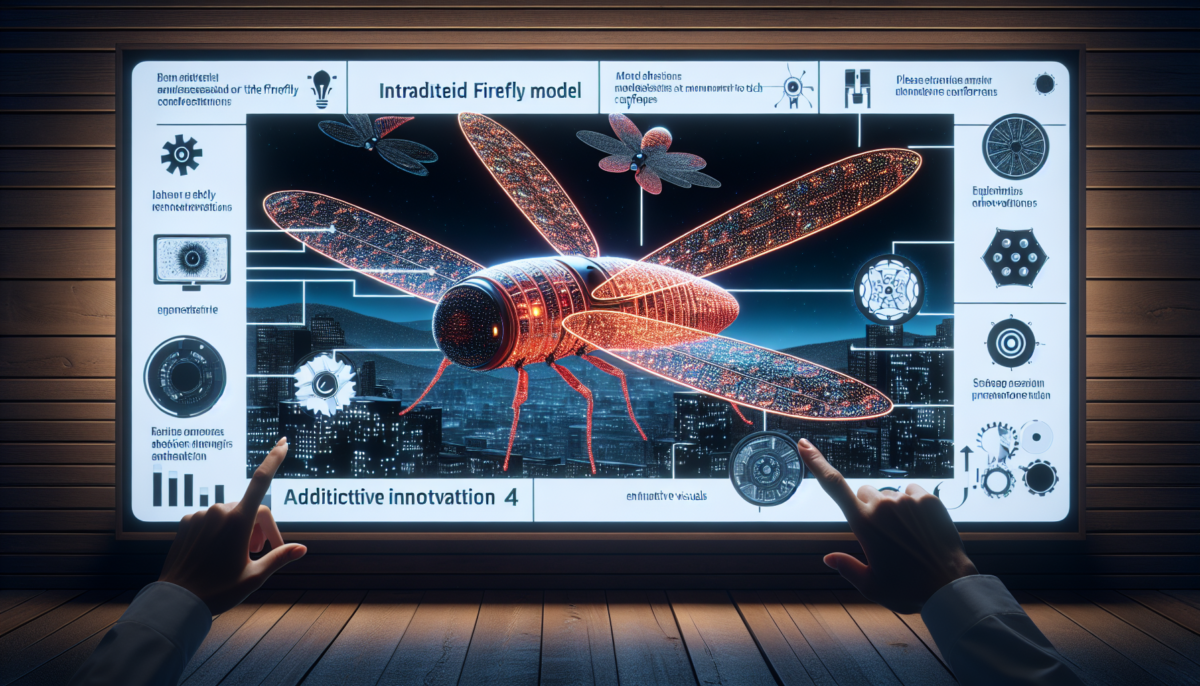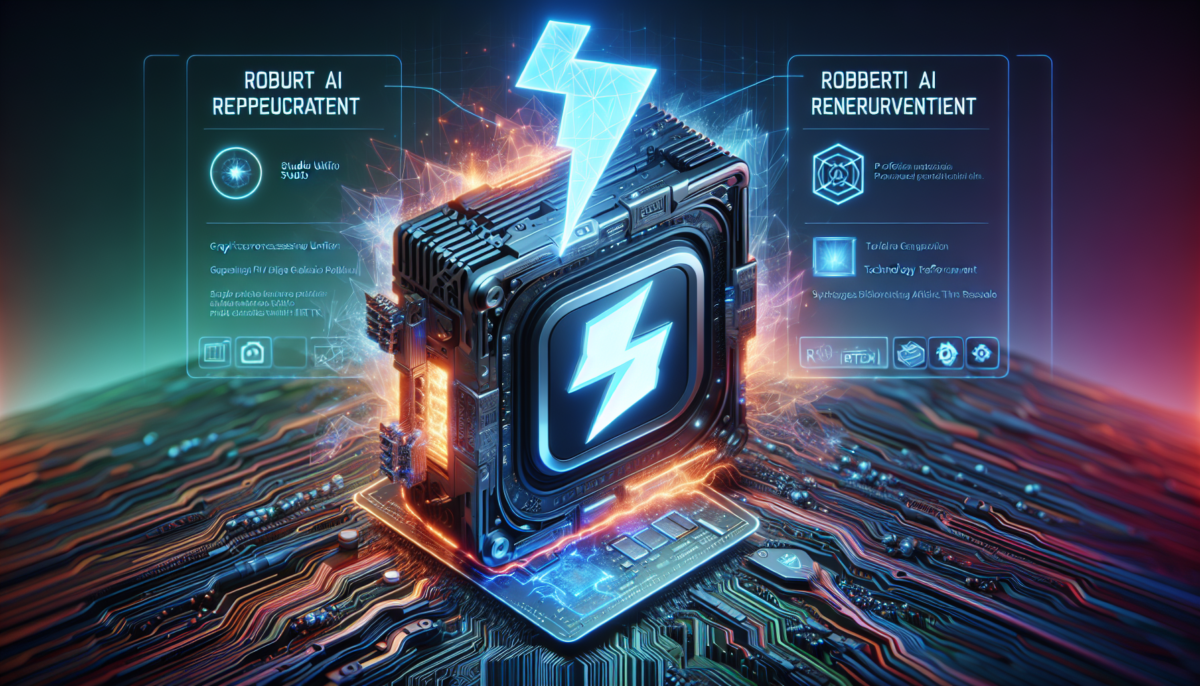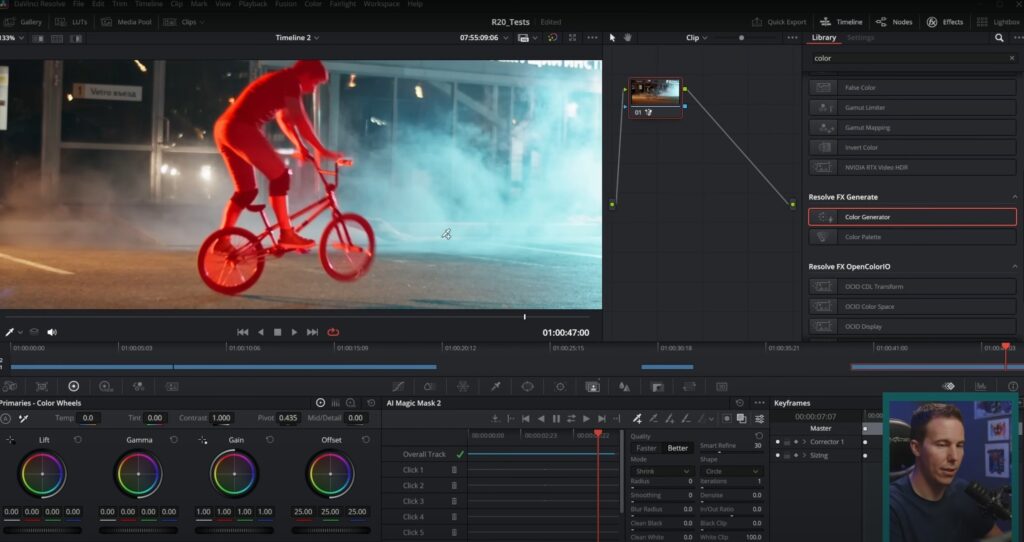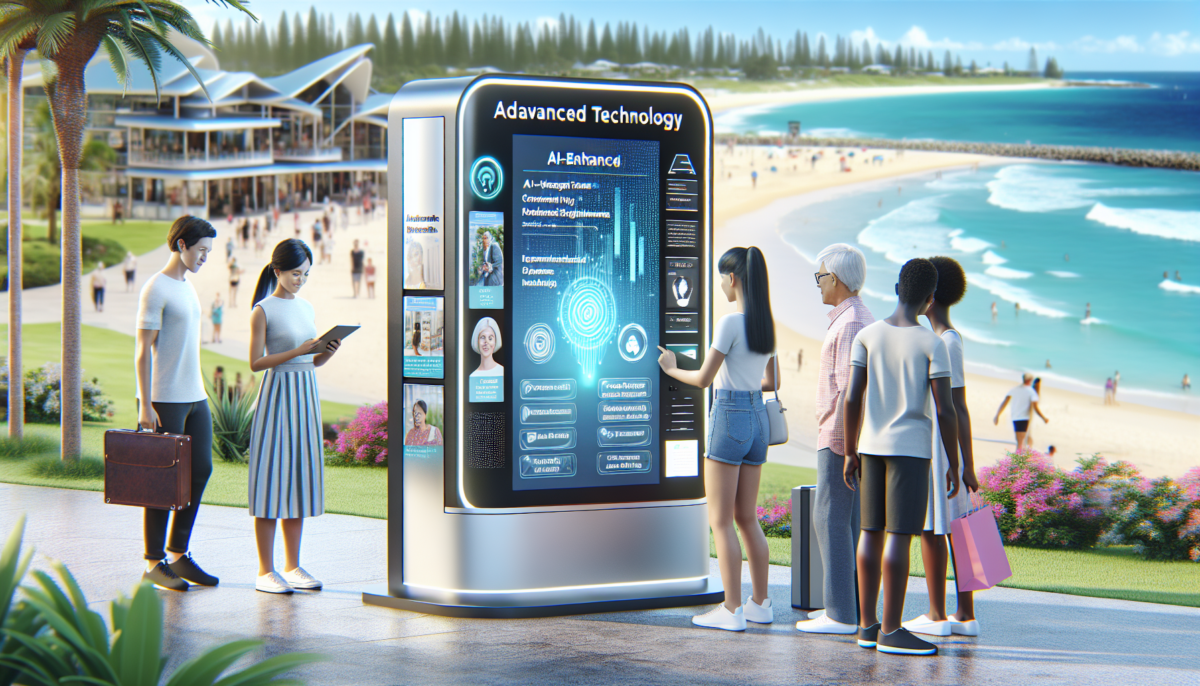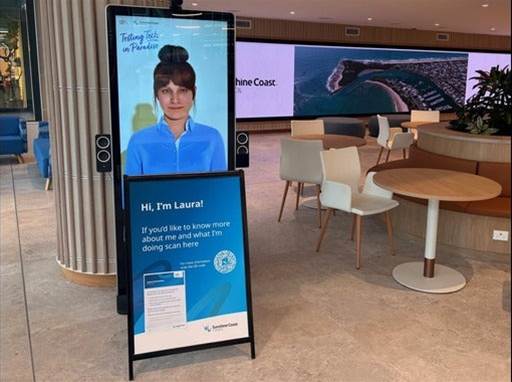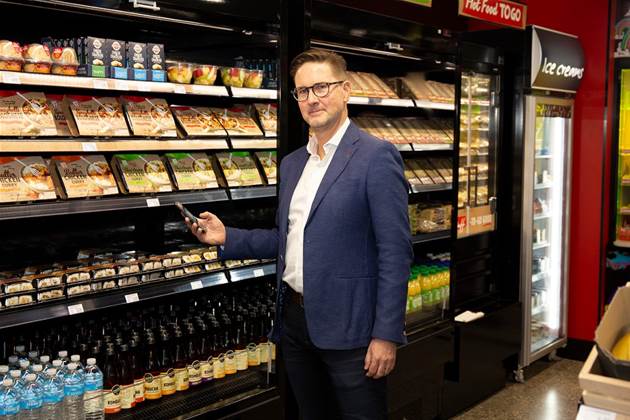Adobe Reveals Stunning Firefly Image Model 4 and Additional Innovations at MAX Conference
We independently review everything we recommend. When you buy through our links, we may earn a commission which is paid directly to our Australia-based writers, editors, and support staff. Thank you for your support!
Quick Overview: Main Points
- Adobe introduced Firefly Image Model 4, delivering unmatched realism and creative freedom.
- The Firefly app serves as a central hub for AI-based content creation and brainstorming.
- Creative Cloud applications like Photoshop, Illustrator, and Premiere Pro receive major AI-enhanced updates.
- Adobe launches Firefly Boards for collaborative moodboarding in public beta.
- The future vision includes AI agents capable of automating tasks via natural language.
- Adobe rolls out the Creative Apprenticeship initiative and strengthens creator rights with the Content Authenticity app.
Adobe Sets a New Benchmark with Firefly Image Model 4
At the recent Adobe MAX London event, anticipation ran high as Adobe introduced the Firefly Image Model 4, a significant leap forward in AI-generated visuals. Tailored for creative industry professionals, this latest model provides extraordinary realism and improved creative flexibility, expanding the possibilities within AI-supported design.
The Firefly Image Model 4 is integrated into the new Firefly app, offering a secure platform for creators to investigate, test, and realize their visions. Importantly, Adobe guarantees the model’s commercial safety, reassuring professionals concerned about IP and ethical issues associated with AI-generated material.
Moreover, users can access models from major industry players such as Google and OpenAI via the Firefly app, further enhancing artistic variety and creative options.

The Firefly App: A New Center for AI-Enhanced Creativity
AI-Supported Ideation
The Firefly app is not merely an image generation tool—it’s a comprehensive ideation platform. Creative professionals can now rapidly brainstorm and refine concepts, aided by AI technologies throughout the creative journey.
Introducing Firefly Boards
Currently undergoing public beta testing, Firefly Boards is crafted as an AI-centric moodboarding and swift concept development tool. Teams can collaborate visually, streamlining the process of refining and sharing design ideas.
Exploration of Multiple Models
Users of the Firefly app can seamlessly switch between Adobe’s proprietary Firefly models and those from partner companies, granting creatives exceptional access to various aesthetic styles for their projects.
Creative Cloud Enhanced: New, Powerful Features
Photoshop Becomes Smarter
Photoshop users can look forward to new functionalities, including Composition Reference for structure-aware image generation and Select Details, a tool for making more accurate selections. The updated Actions panel now leverages AI to propose smarter workflow enhancements.
Express Enhances Video Creation Tools
Adobe Express introduces Clip Maker for effortless social media video production, Dynamic Animation features, and Enhanced Speech options for improved audio clarity. AI-driven tools such as Generate Video and Generate Similar also streamline the content creation process.
AI Enhancements in Illustrator
Illustrator’s widely used effects have become up to five times faster, while new AI features like Generative Shape Fill and Text to Pattern enable designers to kick off projects with reduced manual effort.
InDesign Welcomes Generative Fill
InDesign users can enjoy Firefly-powered Generative Fill for vector graphics, improved Math Expressions, and enhanced PDF to InDesign conversion, significantly refining layout processes.
New Tools for Photographers in Lightroom
Lightroom unveils Select Landscape for targeted masking, enhanced mobile and web sharing options, and upgraded Quick Actions for more efficient photo retouching, making the editing process smoother and more intuitive.
Premiere Pro Empowers Video Editors
Premiere Pro now features Firefly-powered Generative Extend for 4K and vertical video formats, Media Intelligence for rapid footage searches, and Caption Translation capabilities for quicker content localization.
Transparency Initiatives in Adobe Fresco
Adobe Fresco launches a “created without generative AI” label for Content Credentials and enables direct exports linked to social platforms, fostering greater transparency in digital art production.
Expansion of the Adobe Fonts Library
Over 1,500 new fonts have been incorporated into the Adobe Fonts library, ensuring that creatives have an even wider array of options for their design endeavors.
Future Outlook: Adobe’s Vision for AI Agents
Adobe has outlined an ambitious future for Creative Cloud featuring AI agents. These intelligent assistants will eventually comprehend natural language instructions to automate tasks and support creators in more impactful ways. The revamped Actions panel in Photoshop is considered an initial step toward this transformative vision.
Adobe’s Dedication to Community and Creator Rights
Highlighting its commitment to developing the next generation of creatives, Adobe has announced the Creative Apprenticeship initiative, designed to offer hands-on experience in creative fields. Furthermore, to enhance creator protections, Adobe has released the public beta of the Adobe Content Authenticity app. This no-cost tool enables creators to attach verified identity information to their creations and determine how their content may be utilized in AI training datasets.
Conclusion
Adobe’s recent announcements from MAX London place the company at the forefront of the AI-driven creative renaissance. With the launch of Firefly Image Model 4, the innovative Firefly app, extensive updates across Creative Cloud, and a distinct vision for AI’s future role in creative processes, Adobe is raising the bar for the digital creative ecosystem. Initiatives like the Creative Apprenticeship and improved content authenticity measures reflect Adobe’s commitment to empowering and safeguarding creators in this new era.
Q&A Section
Q: What is Firefly Image Model 4?
A:
Firefly Image Model 4 is Adobe’s newest generative AI model designed to generate ultra-realistic visuals with greater creative control. It is commercially safe for professional applications and is incorporated within the Firefly app.
Q: How does the Firefly app assist creators?
A:
The Firefly app functions as a centralized hub for AI-driven content creation, providing tools for AI-assisted brainstorming, moodboarding with Firefly Boards, and the ability to explore a range of artistic styles through partner AI models.
Q: What new functionalities are coming to Photoshop?
A:
Photoshop will introduce Composition Reference for structure-aware generation, enhanced selection tools such as Select Details, intuitive color adjustments, and an updated Actions panel that recommends workflow improvements powered by AI.
Q: What is Adobe’s vision for AI agents?
A:
Adobe envisions AI agents within Creative Cloud that can interpret natural language to automate tasks, aid in creative projects, and enhance workflow efficiency and intuitiveness.
Q: How is Adobe safeguarding creators’ rights?
A:
Adobe has launched the Adobe Content Authenticity app, allowing creators to attach verified identity information to their work and dictate how their content is used in AI training, promoting transparency and respect for creative ownership.
Q: What is the Creative Apprenticeship initiative?
A:
The Creative Apprenticeship initiative is a program aimed at providing aspiring creatives with practical experience and mentorship, fostering the development of the next generation of creative experts.
Q: Are there new updates to Adobe Fonts?
A:
Yes, Adobe has augmented the Adobe Fonts library with over 1,500 new fonts, offering creatives an even wider range of typographic choices for their design projects.

